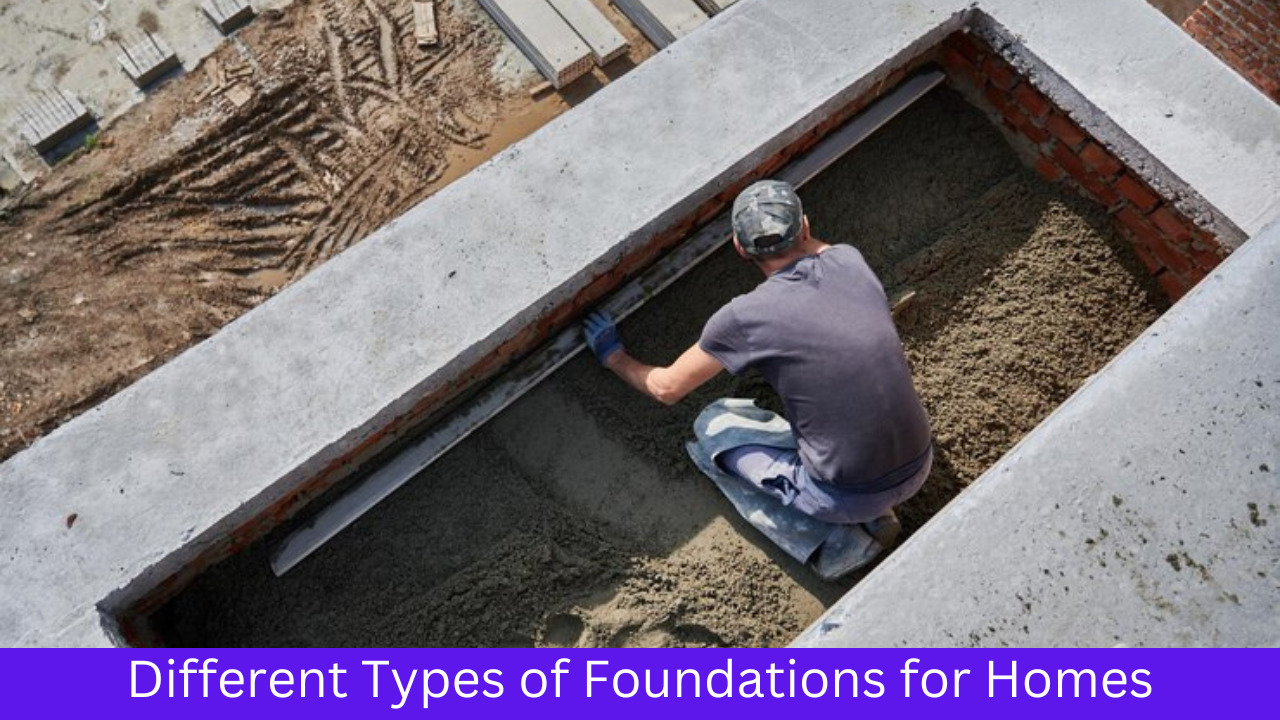Table of Contents
Foundation failures
1. Poor Drainage
- Some examples of poor drainage include short downspouts, clogged gutters, or lack of waterproofing.
- Poor drainage conditions around your foundation can cause the over-saturation of the soil which causes instability around the foundation.
- If improper drainage has caused foundation problems in your home
2. Weather Conditions
- Hot and dry conditions may cause the soil around your home to shrink and pull away from the foundation. When this happens, cracks may appear throughout the structure. The shrinking soil will create gaps next to the foundation which allows the foundation to sink and settle into the ground
3. Poor Soil Conditions
- Poor soil, organic components, debris, etc., may cause expansion or consolidation, which contribute to foundation failures.
4. Transpiration
- Tree roots could dehydrate the soil beneath a home causing soil shrinkage and settlement of the home. Maturing trees and bushes close to a home or building is a common cause of foundation settlement. As the trees and bushes mature, their root system demands more water. These roots will draw the moisture from beneath a home’s foundation and cause the soil to shrink. This results in the settlement of the home.
5. Plumbing Leaks
- Water from leaky plumbing is often a major contributor to foundation problems. When excess water is present due to plumbing leaks, the soil supporting your foundation can erode. When a plumbing leak occurs under the foundation, the moisture content becomes distorted. When moisture is added to the soil because of a plumbing leak, the soil and foundation will move, causing foundation settlement. The degree of movement depends on the soil type, soil density, soil moisture content prior to the leak and the length of time over which the leak has occurred.
6. Poor Building Site & Ground Preparation
- Cut and fill situations, where the soil is removed from part of the lot and stacked on another, must have proper soil stabilization before the structure is constructed. Otherwise, unexpected movements of the soil beneath the foundation may occur.
- If the builder failed to prepare the soil before your home’s foundation was poured, it can cause foundation settlement. Loose, not properly compacted soil starts to compact on its own and then the foundation starts to settle into the ground.
- Soft, low-density soils and improperly compacted soil beneath a foundation is one of the leading causes of foundation failure. The grading of the soil should always divert water away from your home to that the water is not allowed to seep under the foundation.
Remedial Measures
- Geo-tech investigations and proper foundation design
- Replacement of loose soil with granular material
- Removal of all organic material from foundation
- Proper Compaction of foundation
- Stopping access of water to foundation
- No overloading of foundation beyond design load
- No services to be placed under foundation
Compaction of foundation soil
Manual Method
- Using tamping rods with base plate
Mechanical Method
- Plate compactors
- Rammers
Special Compactors
Vibratory Plate Compactors
- Self-propelled vibratory-plate compactors are used for compacting granular soils, crushed aggregate, and asphalt concrete in locations where large compactors could not operate.
- These gasoline or diesel powered units are rated by centrifugal force, exciter revolutions per minute, depth of vibration penetration (lift), foot-per-minute travel, and area of coverage per hour.
- Many of these compactors can be operated either manually as a walk-behind unit or by remote control
Manually Operated Rammers
- Gasoline-engine-driven rammers are used for compacting cohesive or mixed soils in confined areas.
- These units range in impact from 300 to 900 foot-pounds (ft-lb) per sec at an impact rate up to 850 per min, depending on the specific model.
- Performance criteria include pounds per blow, area covered per hour, and depth of compaction (lift) in inches.
- Rammers are self propelled in that each blow moves them ahead slightly to contact a new area.
- Special compactor provide adequate output if
- Lift thickness is minimal (usually 3 to 4 in.),
- Moisture content is carefully controlled, and
- Coverage are sufficient







